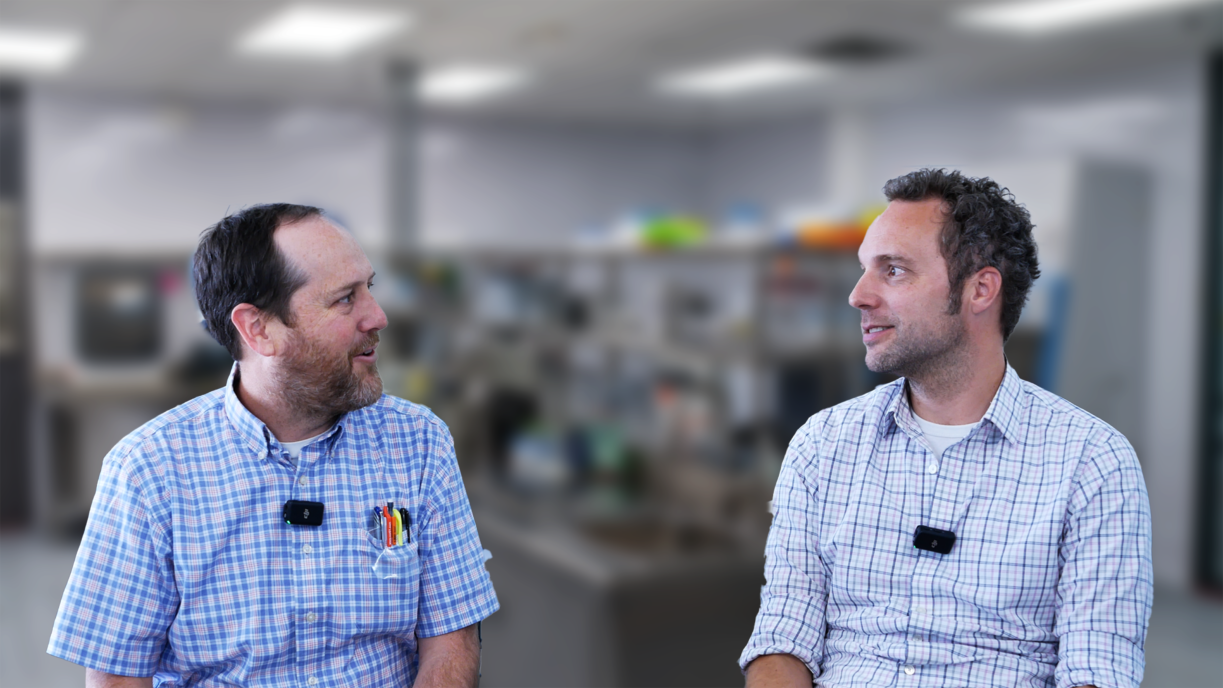
Bio Break: The Van Halen Secret to Medical Device Safety
In this Bio Break episode, Nick and Joris dive into the surprising connection between rock bands and medical device safety. What do jelly beans and 1980s rock legends Van Halen have to do with developing safe and effective medical technologies? More than you might think.
Nick recounts the famous story of Van Halen’s tour rider, which included a specific clause: absolutely no brown M&Ms backstage. At first glance, it might seem like typical rockstar excess, but there was a strategic reason behind it. Their shows involved complex stage setups, aerial stunts, and pyrotechnics, all of which required strict attention to safety. The brown M&M clause served as a hidden compliance test. If brown candies were found in the dressing room, it indicated the venue staff had likely skipped over other important technical requirements.
Joris draws a direct parallel to the world of medical device development. Just as Van Halen used candy as a compliance check, engineers and developers need to embed smart indicators within their processes to ensure key requirements are met. This is especially true in highly regulated industries, where safety and efficacy must be validated through clear documentation and consistent execution.
Nick emphasizes how these seemingly minor details—whether in a rock concert or a development protocol—can play a significant role in risk mitigation and overall product success. The practice of incorporating internal checkpoints, like standard operating procedures or design best practices, helps teams catch issues early and maintain quality throughout the project lifecycle.
If you are developing a medical device, preparing for clinical trials, or managing a regulated product, this episode offers a fresh perspective on how small, intentional cues can make a big difference. All this, sparked by a handful of jelly beans.
The Van Halen Secret to Medical Device Safety
Related Resources

In this episode of Bio Break, Nick Allan and Joris van der Heijden explore a critical but often overlooked topic in healthcare innovation: prevention. While most conversations about medical devices revolve around treatment, the duo shifts the focus to technologies that help people avoid hospitalization altogether. Preventive medical devices and diagnostic tools are quietly transforming healthcare by catching diseases earlier and reducing the need for invasive procedures.

In this episode of Bio Break, Nick shares one of his favorite discoveries in the world of infectious disease research — the groundbreaking discovery of Helicobacter pylori and its role in causing peptic ulcers. This fascinating story showcases how persistence, scientific curiosity, and innovative thinking can lead to discoveries that reshape medical science.

Nick and Joris tackle a question many tech and health enthusiasts have wondered for years: Where is my cortisol-sensing smartwatch? Nick shares a nostalgic story of reading about futuristic wearable technology in Popular Mechanics as a child — devices that would one day monitor biomarkers like cortisol to track stress and overall health. Now, decades later, he and Joris break down why such a wearable device still hasn’t become a reality.

In the world of medical device development, unexpected challenges often lead to critical product pivots. In this episode of Bio Break, Nick and Joris discuss one of the most dramatic pivots they’ve encountered—transforming a lab-developed test (LDT) into a lateral flow assay to expand its market reach.